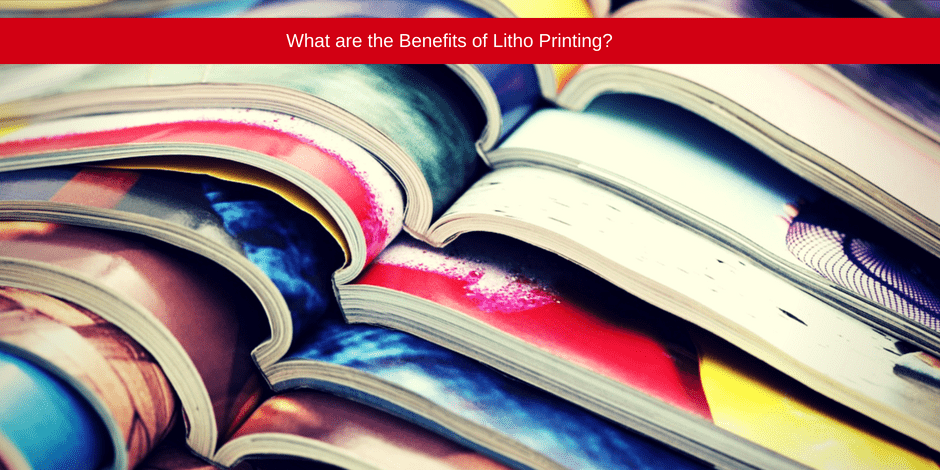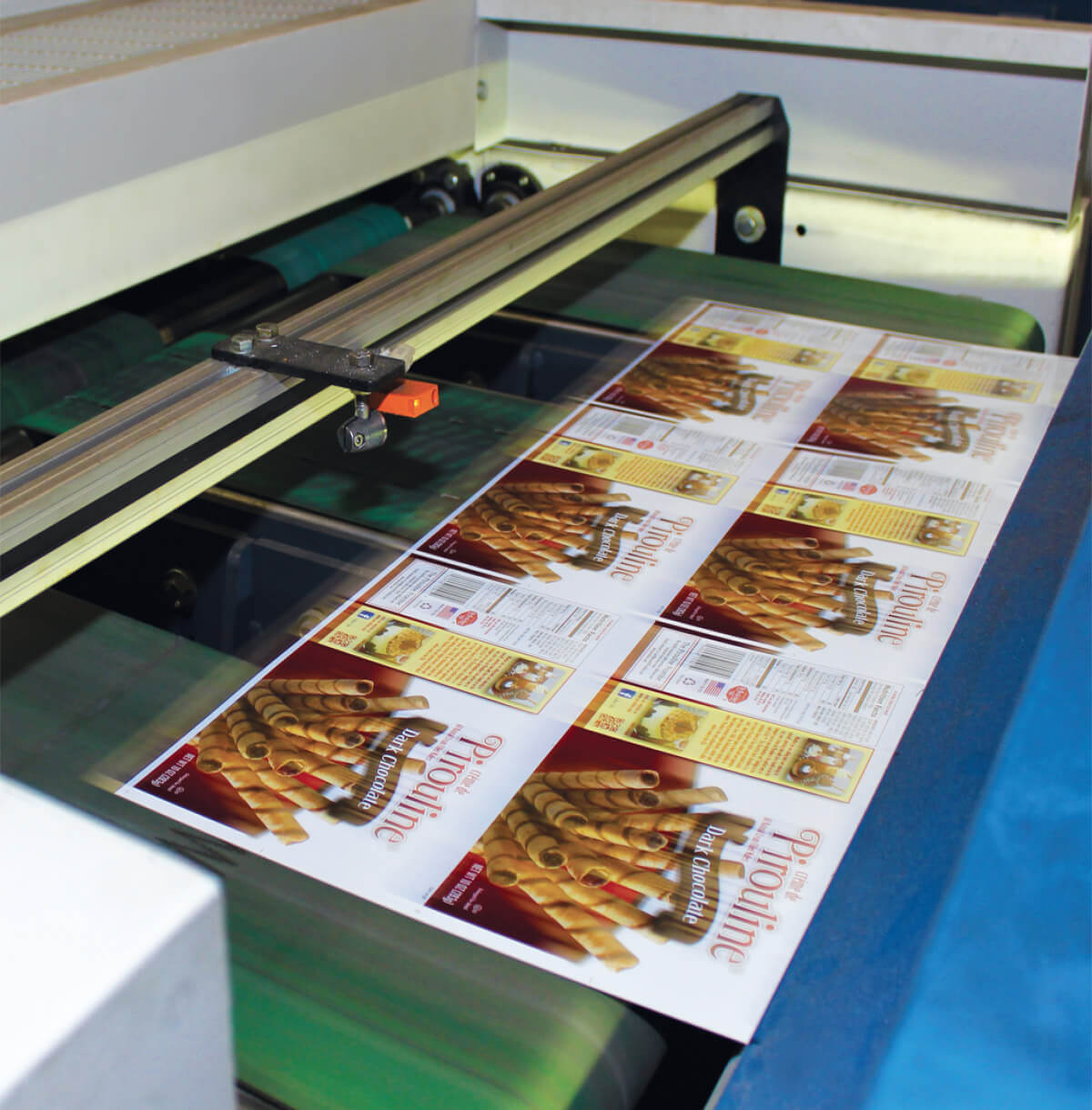Choosing the Right Company for Your litho printing Needs
Choosing the Right Company for Your litho printing Needs
Blog Article
A Comprehensive Overview to Comprehending Litho Printing Techniques
The globe of litho printing, a method stemming from the late 18th century, is an interesting blend of background, science, advancement and art. This extensive guide will decipher the intricacies of this printing method, from the make-up of litho inks to the challenges encountered in modern applications. As we venture right into the intricacies of lithography, the value of automation and sustainability in guaranteeing its future significance comes to be increasingly clear. Remain with us as we trip into the exciting world of litho printing.
The Historical Evolution of Litho Printing
The historical trajectory of litho printing, a crucial innovation in the realm of communication, is a fascinating story of human resourcefulness. Birthed in the late 18th century by Alois Senefelder, this strategy was initially a cost-effective approach of releasing theatrical works. Lithography, originated from the Greek words for 'rock' and 'to compose', made use of a smooth stone surface to move photos onto paper. The procedure evolved with the advent of the rotating press, which considerably raised efficiency (litho printing). In the 20th century, the development of balanced out lithography reinvented the market, allowing for automation of top notch prints. Each phase of litho printing's development showcases humankind's ruthless pursuit of efficiency and quality in aesthetic communication.
Translating the Scientific Research Behind Litho Printing Inks
Moving on in the expedition of litho printing methods, the focus now shifts to the science behind litho printing inks. The make-up of these inks, their drying process, and color mixing methods develop the backbone of this intricate art form. Understanding these components is crucial to understanding the craft and accomplishing the wanted print outcomes.
Composition of Litho Inks
In lithographic printing, the basic function of litho inks can not be overstated. The structure of litho inks varies relying on its objective, yet generally, they consist of 2 main parts - automobiles and pigments. Pigments, the color-providing elements, are carefully ground bits put on hold in the car, a liquid that brings the pigment onto the printing surface area. The car is a complex mix of oils, solvents, and resins, which affect the ink's drying time, bond, and gloss. Additionally, different ingredients exist to improve certain residential or commercial properties like circulation, drying out, and resistance to environmental impacts. Each part plays an important component in the last print's top quality, making the accurate formula of litho inks an intricate science.
Ink Drying Process
From the make-up of litho inks, attention transforms to the interesting procedure of ink drying out. Two primary methods are made use of in litho printing: oxidative drying out and absorption. Absorption, on the other hand, involves the ink seeping right into the paper fibers, which is a much faster procedure however can lead to less vibrant shades.
Color Mixing Methods
While the drying out process plays a vital role in litho printing, the scientific research of shade blending methods holds equal relevance. This is an intricate process that involves the mindful mixing of primary shades: cyan, magenta, and yellow, in varying proportions to attain a broad array of tones. The addition of black ink, called 'crucial', helps in managing the intensity and depth of the shades. The science behind litho printing inks also takes into consideration the transparency of the ink, which influences just how colors overlay and mix. To attain an efficient shade mix, print professionals have to likewise comprehend the ins and outs of ink behavior, color theory, and the physical homes of the substratum on which the ink is applied.
The Art and Design Aspects in Litho Printing
Litho printing takes a breath life into art and style via its unique elements. The process includes developing an image on a lithographic limestone plate or steel plate with a smooth surface area. The image is then printed onto a tool, generally paper, by transferring the ink from the plate. What sets litho printing apart is its capability to reproduce intricate styles with high fidelity, making the outcome almost identical to the initial artwork. This is achieved with making use of various line techniques such as stippling, hatching, and cross-hatching, which enable a range of tonal effects. Furthermore, litho printing accommodates a range of colors, allowing musicians to produce vibrant and lively prints. This combination of precision and versatility makes litho printing a preferred choice for several musicians and developers.
Modern Applications of Litho Printing Methods
Litho printing strategies have located extensive usage in the modern commercial market. Its influence and relevance remain to grow with the development of brand-new advancements and modern technologies in the area. This area will explore these contemporary applications and the transformative role they play in the printing industry.
Business Litho Printing Utilizes
Litho printing continues to be a vital component of the business sector. High-volume printing jobs, such as the manufacturing of books, newspapers, and packaging, depend on litho printing for its capacity to supply remarkable image top quality and price effectiveness. Litho printing additionally provides a broad shade range, superior to that of digital click to find out more printing.
Developments in Litho Printing
Pushing the limits of traditional strategies, contemporary improvements have actually fueled a host of technologies in litho printing. One popular growth is digital litho printing, which integrates the virtues of digital modern technology with litho's top notch result. These developments highlight the long-lasting importance of litho printing in the modern globe.
Checking out the Process of Litho Printing: Detailed

Difficulties and Solutions in Contemporary Litho Printing

Regardless of the accuracy and custom that litho printing happily maintains, it is not without its collection of modern difficulties. Digital litho printing permits for cost-effective brief runs and simple personalization, addressing the issue of variable data. Thus, while there are obstacles, the litho printing industry is proactively adjusting to fulfill them head-on, guaranteeing its significance in the future.
Final thought
In final thought, litho printing, with its abundant history and scientific details, holds a considerable location in the print sector. The future of litho printing hinges on its capacity to adjust to these altering demands, affirming its long-lasting value in a progressing market.

Report this page